Current Research with the Missouri Cooperative Unit
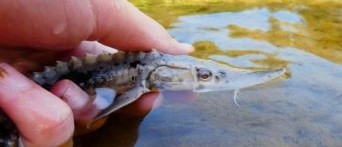
Factors affecting Lake Sturgeon reproduction: the next step in recovery and management
As Missouri’s Lake Sturgeon population has begun to grow and mature, efforts have been made to identify critical habitats for various life stages. However, this information can be challenging to collect. Identifying spawning sites, site characteristics, and documenting successful hatching have been recognized as the most important next step to recovering this species in Missouri Identifying spawning sites will facilitate their protection, which may be needed for a self-sustaining population in Missouri and allow us to collect data that may help us identify additional sites, or create similar sites...
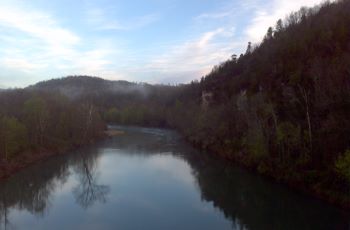
Development of a flexible mid-sized river habitat sampling protocol to complement fish protocols
Habitat assessments are crucial to monitor habitat changes over time, understand biological responses to changes, and overcome habitat deficits through restoration. Recently we development of a flexible, standardized fish sampling protocol for mid-sized rivers. However, there is no complementary aquatic habitat sampling protocol for these rivers...
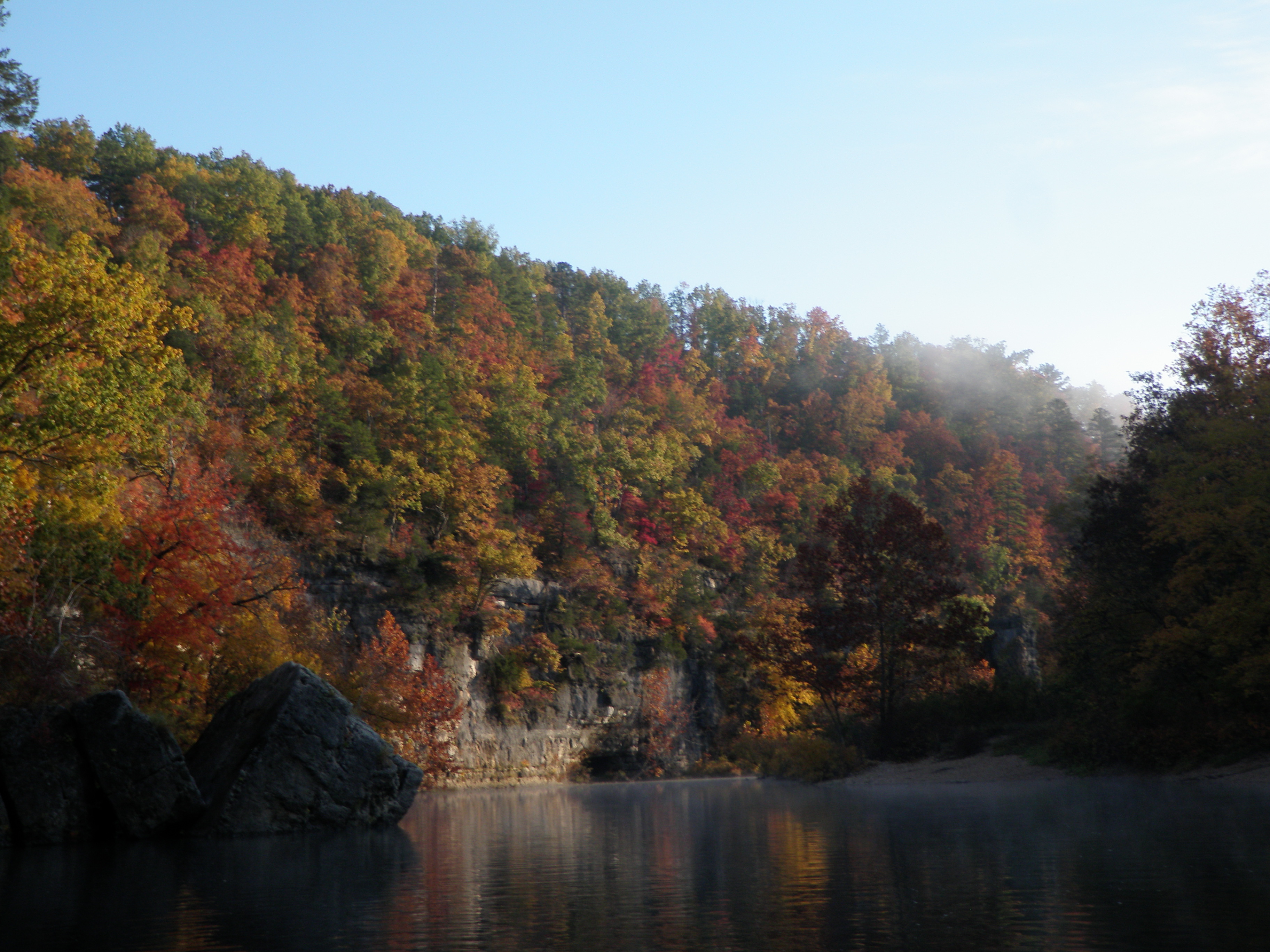
Evaluating the effectiveness of climate change adaptation strategies for inland fish and fisheries
Adaptation strategies for inland fish and fisheries is one tool managers can employ to help fisheries in a changing climate. Many of these adaptation strategies are used for other objectives related to river restoration but are seldom identified to counteract climate change effects on fish. IN addition, there is very little evaluation of these strategies. .....
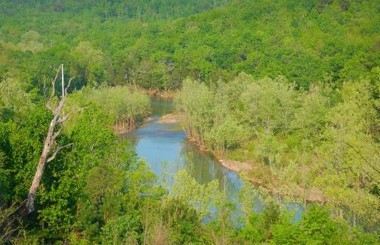
Linking thermal metrics to conservation of stream fishes.
Fisheries managers in Midwestern lakes and reservoirs are tasked with balancing multiple management objectives related to the abundance and growth of several priority fish species across a landscape of diverse lakes. Growth rates of fish are indicators of population status, and directly influence the effectiveness of regulations designed to protect spawning fish or to promote trophy fishing opportunities...
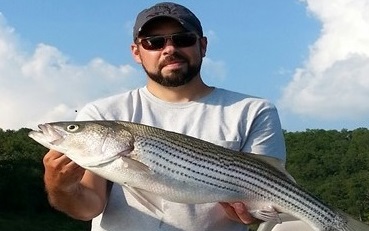
Quantifying the impacts of climate change on fish growth and production to enable sustainable management of diverse inland fisheries.
Stream fish are in peril from a changing climate, particularly for species with restricted distributions or populations on the southern edge of their range. To deal with temperatures beyond their physical capacity, fishes must move, adapt, or die. However, little is known about temperature optima, critical temperature limits, or adaptive capacity to .... ..
Quantifying the Cost of Replacing Recreational and Subsistence Fisheries Caused by Climate Change
Recreational fishing is very popular in the US and Canada and provides a substantial economic benefit. Subsistence fisheries is also important to the livelihoods and culture of Native Americanans and First Nations. However, there is concern that as fish communities may change in the future due to climate.climate. Our objective will use existing data to determine how recreational fisheries cost ...
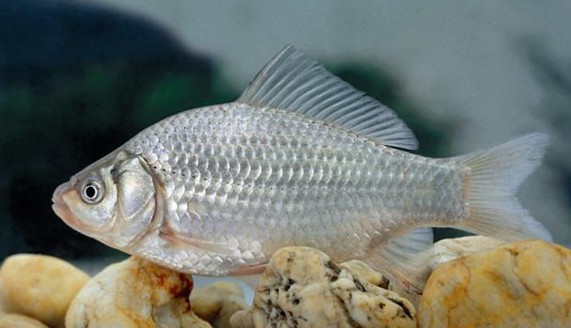
Application of Structured Decision Making and Adaptive Management for the Prevention and Control of Invasive Species
Preventing Invasive Carps from entering or expanding in US waters and developing rapid response strategies before an invasion can save US taxpayers millions of dollars and years of management and research. However, the optimal prevention or control strategies depend on the effectiveness, cost constraints, and the changing risk of invasive carp invasion or expansion of established populations. This project works with stakeholders...
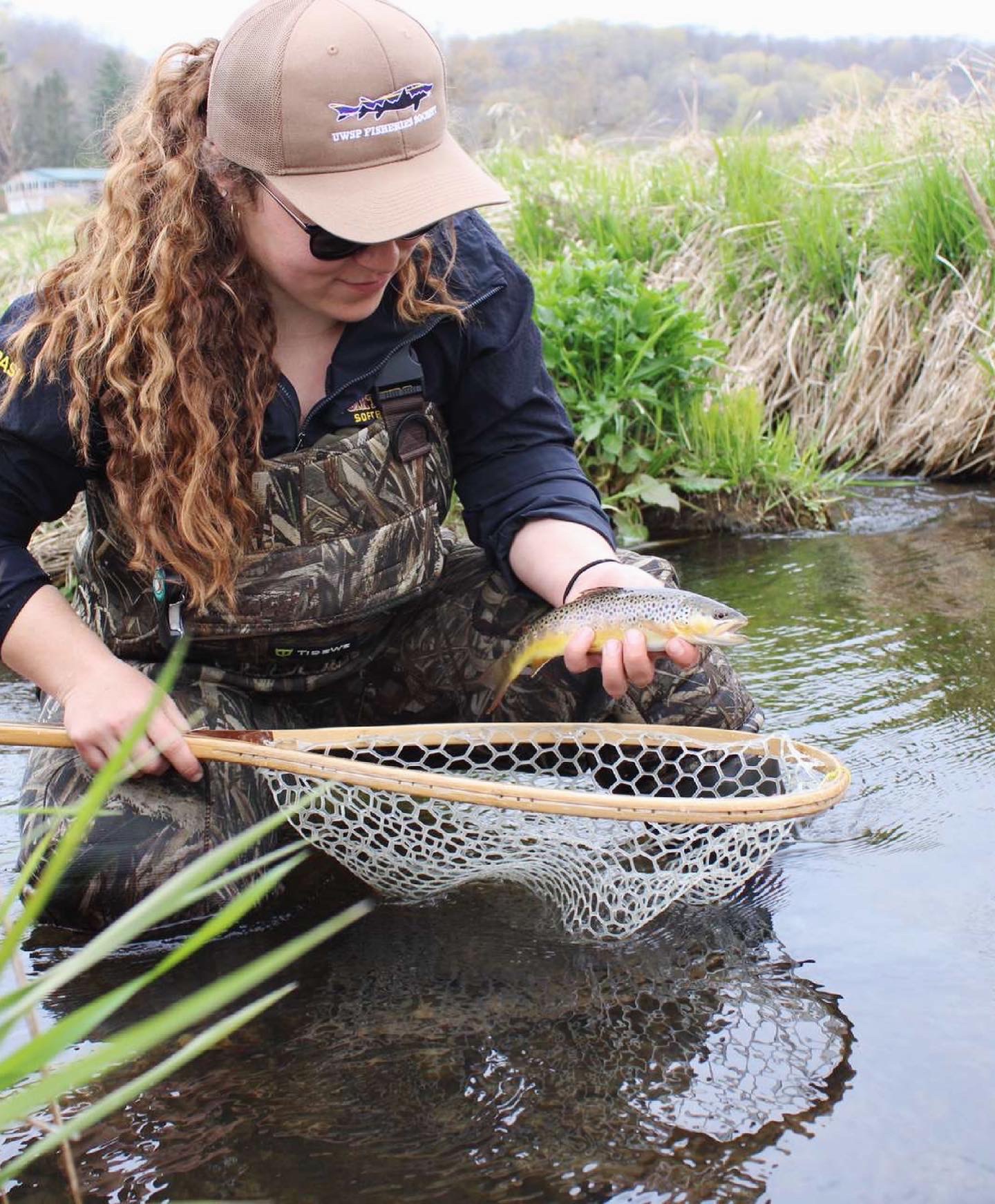
Characterizing aquatic biota and habitat for cold and cool water streams
To mitigate for impacts such as flow alteration and climate change, we must consider the fundamental processes that determine critical aquatic habitats such as thermal regimes. Our objectives were to compile spatial data to map the distribution of potential cold-water stream segments in Missouri, conduct analysis to determine species associations with thermally distinct assemblages, complete synthesis of results to define the biological community and habitats of cold water sites...
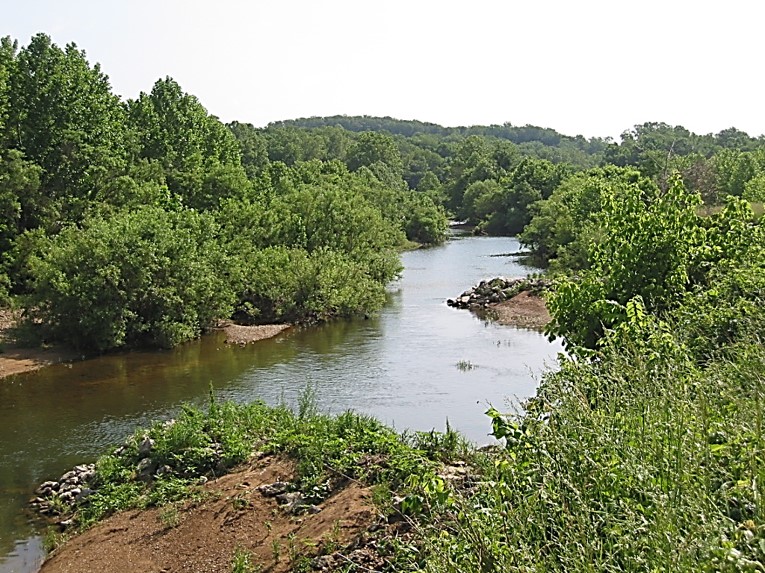
Identifying Relevant Recent Advances in Ecological Flow Linkages
Stream flow is a critical, yet complex driver of ecological processes in streams. Numerous studies have attempted to identify metrics that best represent hydrologic alteration caused by dams, diversions, withdrawals, land use, and other anthropogenic activities. However, there is no consensus on how these hydrologic indices are linked to ecological processes and fishes. The science related to ecological flows is rapidly evolving and many studies....